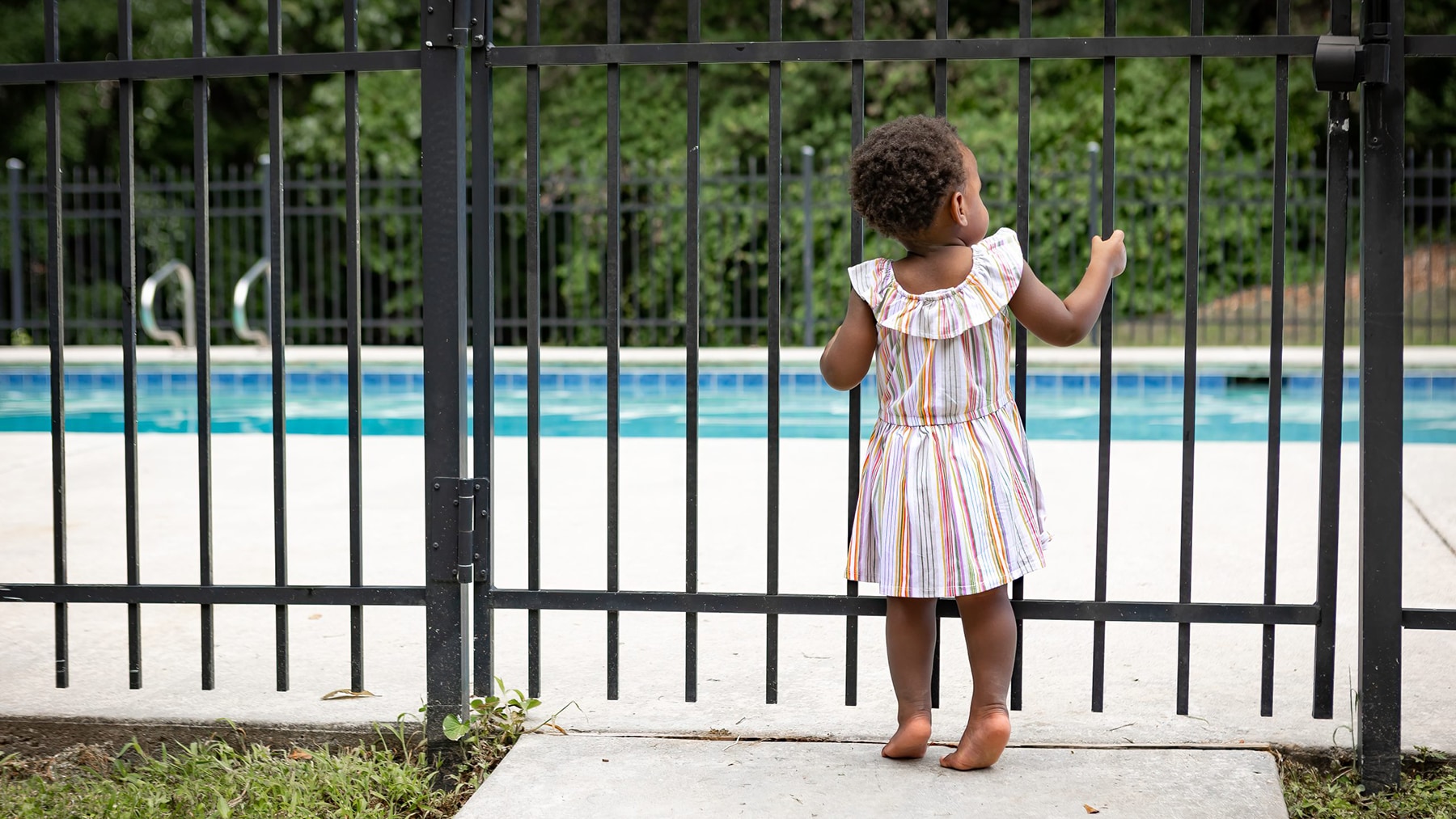What to know
- Drowning is a leading cause of death for children.
- Drowning can be fatal or nonfatal.
- Nonfatal drowning can result in long-term health problems and costly hospital stays.

What is drowning?

Drowning is the process of experiencing respiratory impairment from submersion or immersion in liquid. Drowning happens when a person's nose and mouth are under water for too long, making it impossible to breath. Drowning is not always fatal.
Fatal drowning happens when the drowning results in death.
Nonfatal drowning happens when a person survives a drowning incident. Nonfatal drowning has a range of outcomes or results, from no injuries to very serious injuries such as brain damage or permanent disability.
Fast facts
Every year in the United States there are an estimated:
- 4,000 Afatal unintentional drownings—
- that is an average of 11 drowning deaths per day.
- that is an average of 11 drowning deaths per day.
- 8,000 Bnonfatal drownings—
- that is an average of 22 nonfatal drownings per day.1
- that is an average of 22 nonfatal drownings per day.1

In the United States:
- More children ages 1–4 die from drowning than any other cause of death.1
- For children ages 5–14, drowning is the second leading cause of unintentional injury death after motor vehicle crashes.1

Get email updates
Sign up for our email newsletter below.
- An average of 4,083 unintentional drowning deaths occurred each year from 2012–2021.
- An average 8,111 estimated emergency department visits due to non-fatal drowning occurred each year from 2012–2021.
- Centers for Disease Control and Prevention, National Center for Injury Prevention and Control. Web-based Injury Statistics Query and Reporting System (WISQARS). Accessed 27 November 2023.
- Spack L, Gedeit R, Splaingard M, Havens PL. Failure of aggressive therapy to alter outcomes in pediatric near-drowning. Pediatric Emergency Care 1997;13(2):98–102.
- Suominen PK, Vähätalo R. Neurologic long term outcome after drowning in children. Scandinavian Journal of Trauma, Resuscitation and Emergency Medicine 2012;20(55):1–7.
- Suominen PK, Sutinen N, Valle S, Olkkola KT, Lönnqvist T. Neurocognitive long term follow-up study on drowned children. Resuscitation 2014;85(8):1059–106
